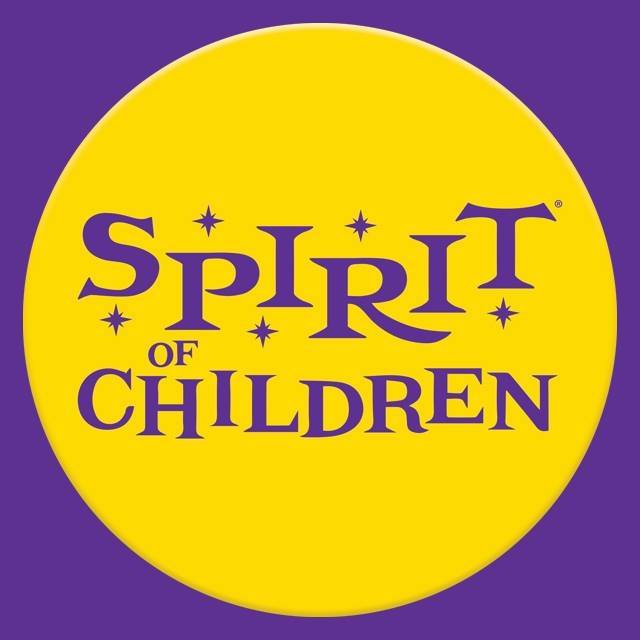Safe Baby Sleep: Keep Decorating ‘Extras,’ Blankets Out of Infant Cribs
Fluffy pillows, soft blankets and stuffed toys look cozy and cute in a crib. But they can be hazardous for a sleeping infant.
Safety experts say the only bedding to use is a tight fitted sheet around the mattress. Extra objects such as loose sheets, quilts, bumper pads and lovies pose the risk of accidentally suffocating or strangling a baby. Pillows, covers, teddy bears and decorative things don’t belong inside the infant’s sleep space.
Older used items tucked away in your closet might be subject to safety recalls. Certain inclined sleepers and other products have been taken off the market — including the Fisher-Price Rock ‘n Play and Boppy Newborn Loungers — due to infant fatalities reported with their use. The Consumer Product Safety Commission (CPSC) in June 2023 repeated its warning about the Boppy loungers after two more infants died since the original 2021 recall.
Parents can take protective steps when it comes to safety during naps and bedtime. That’s why we at Cook Children’s want to emphasize the message that babies under 1 year of age sleep safest when they’re:
- On their back
- In a separate space like a crib or bassinet or play yard (not sharing a bed with parents or siblings). If co-sleeping occurs, someone might roll over on the baby.
- Atop a sleep surface that’s firm (not squishy or scooped like a hammock). Don’t use couches, waterbeds, memory foam mattresses, air mattresses or sheepskin. An infant could get wedged between the soft surface and a wall or bedframe.
- Atop a sleep surface that’s flat (not tilted up). An inclined surface could cause the baby’s body to slide down and their head to slump forward, blocking the airway.
- Zipped into a sleep sack. Sleep sacks provide the warmth of a blanket without the risk of covering the baby’s face.

Over a 15-month stretch beginning in January 2022, 30 infants at Cook Children’s Medical Center in Fort Worth died from cardiac arrest, respiratory failure or other trauma due to sleep incidents that happened at their homes. Factors in many of those 30 deaths involved sleeping on an adult bed, a couch or a pallet made from blankets.
Nationwide, more than 3,500 sleep-related infant deaths occur each year in the U.S., according to the Centers for Disease Control and Prevention.
“When babies are really young they’ll get their nose down into the bed or the pillow or the blanket or the stuffed animal, and they don’t have the strength to turn their head side to side,” said Stephanie Eidson, RN. “The carbon dioxide builds up, and then they suffocate.”
To read more click here.





